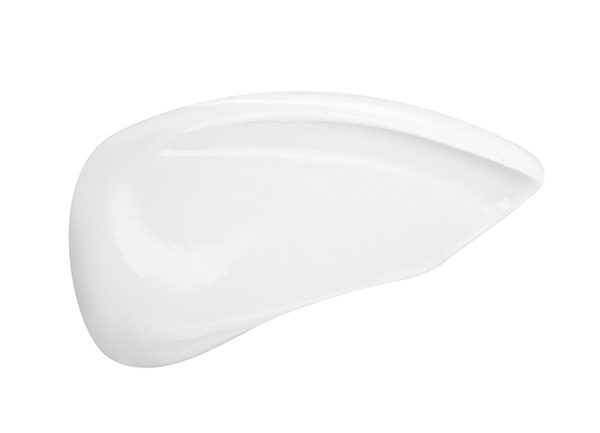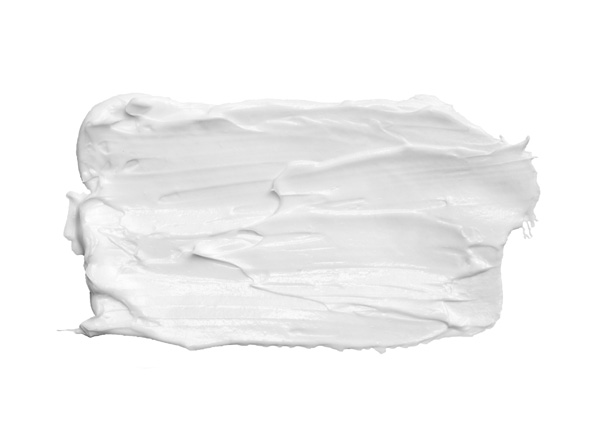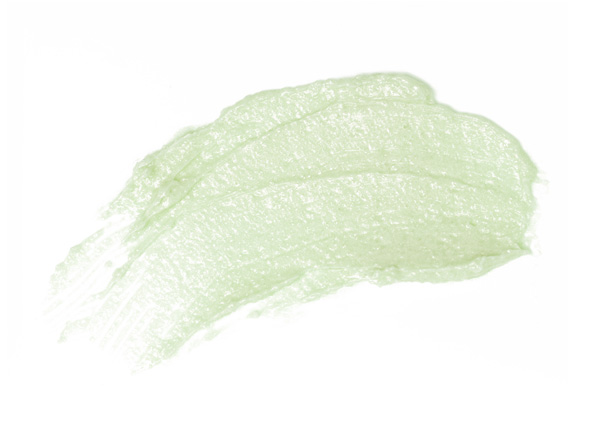Once you’ve found an emollient that works for you, your skincare needs and your lifestyle, it’s good to understand how you can keep your skin feeling comfortable and prevent flare-ups.
Emollients will give your skin a boost of moisture whenever your skin begins to feel dry1. It’s important to find a routine that works for you, to keep your dry skin symptoms at bay.
How to apply
- Smooth your preferred emollient into your skin, in the direction of hair growth, being careful not to rub your skin. (This prevents your hair follicles from getting blocked)1
- Use a clean spoon or spatula to remove emollients from a pot or tub, to reduce the risk of bacteria contaminating the tub

How much to apply
Apply in adequate quantities. Emollient guidelines state that the weekly recommended amount to use to treat the whole body in diagnosed dermatological skin conditions, such as eczema and psoriasis, is:
a week for an adult3
How often to apply
- Emollients should be applied as often as you need to keep your skin moisturised and comfortable
- Apply liberally and frequently, ideally, this should be at least three or four times a day1
- Hands are often exposed to the elements so they may require application more often to keep them well moisturised

Creams
Apply three to four times a day1

Gels
Apply three to four times a day1

Ointments
Apply three to four times a day1
When to apply
- Best applied after washing your hands, taking a bath or showering because this is when the skin needs the most moisture1. Pat your skin dry with a towel, avoiding rubbing it. Then apply your emollient once your skin is dry to make sure that it is properly absorbed.
Body wash and/or bath additives
When applying any emollient, always read the label and avoid contact with eyes.
- Mix a small amount of your emollient (around a teaspoonful) in the palm of your hand with a little warm water and spread it over damp or dry skin
- Afterwards, rinse and gently pat the skin dry, being careful not to rub it. Emollients don’t foam like soap does but are still as effective at cleansing the skin1
- If you are using your emollient as a body wash or bath additive, take extra care in the bath, shower or on a tiled floor, not to slip
- Protect the floor with a non-slip matt, or towel. After you’ve finished wash your bath or shower with hot water and washing up liquid to remove any residue left by your emollient
“If you are using your emollient as a body wash or bath additive, take extra care in the bath, shower or on a tiled floor, not to slip”

- https://www.nhs.uk/conditions/Emollients/ (Accessed November 2023)
- https://www.nice.org.uk/guidance/CG57/chapter/1-Guidance#treatment (Accessed November 2023)
- https://eczema.org/information-and-advice/treatments-for-eczema/emollients/#:~:text=Use%20your%20emollient%20of%20choice%20frequently.%20This%20should,per%20week%20%28at%20least%20250g%20for%20a%20child%29 (Accessed November 2023)
EPI1010451O4_NOV2023